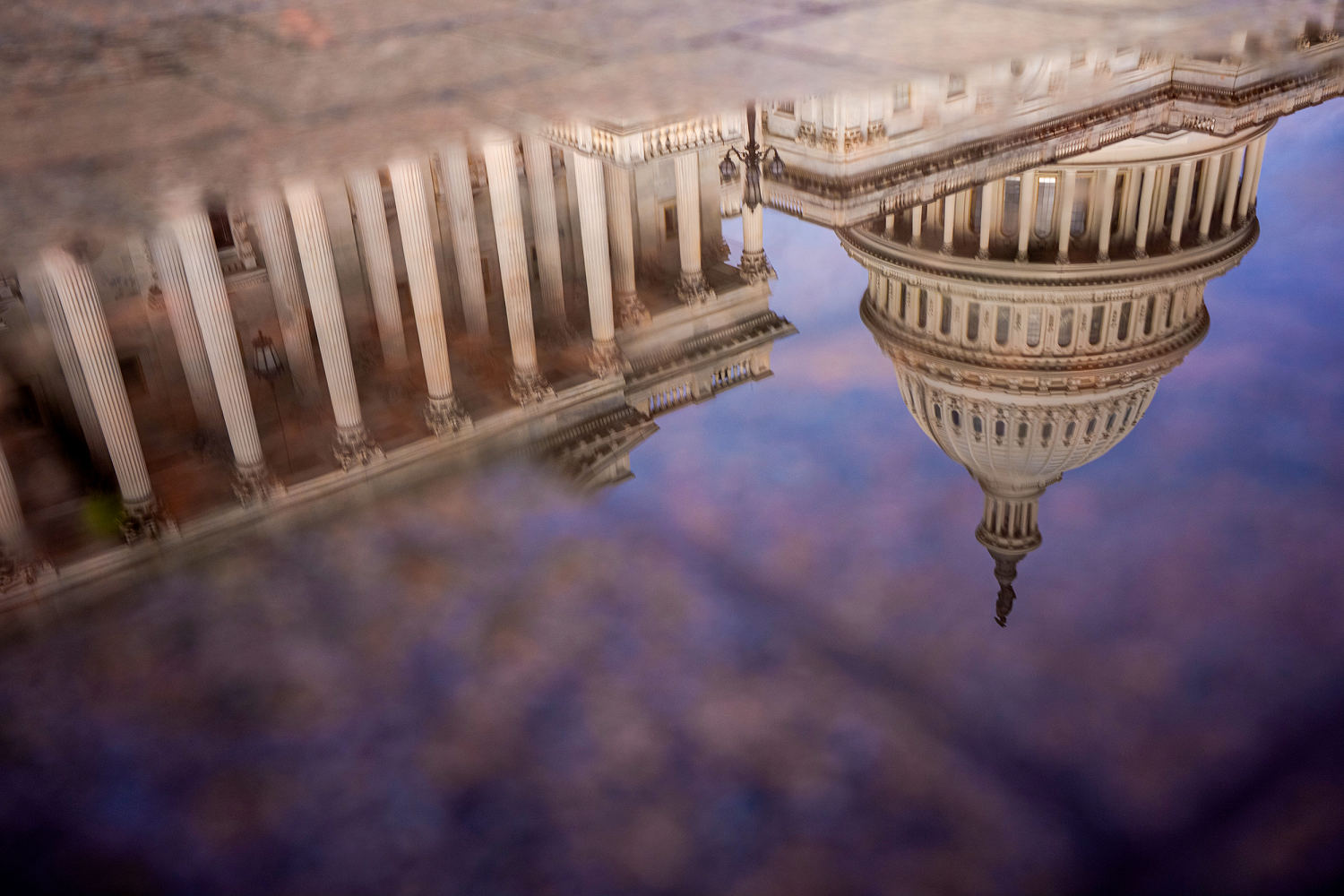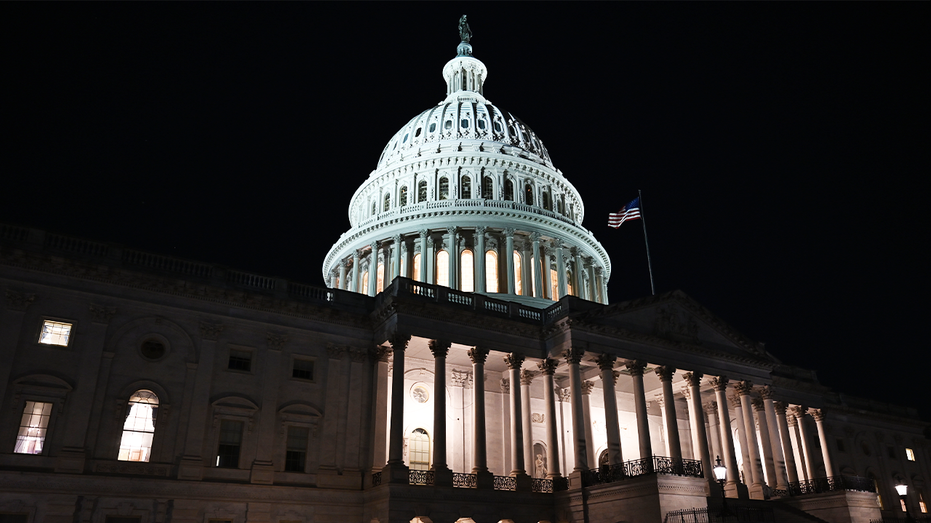

A new study titled “Architecture of Near-Death Experience Spaces” has caught the attention of both the empirics and the eternalists, because it’s not often that a study about dying reads like a map to heaven.
The researchers asked participants who had clinically died and been resuscitated not to describe their near-death experiences in words, but to draw them. What emerged were recurring shapes — cones, ellipses, radiant fields — across people from entirely different cultures.
As the apostle Paul wrote, 'Now we see through a glass, darkly.' And science, for once, seems to glimpse the flicker of eternity.
But here's the kicker: These weren’t the random doodles of oxygen-starved brains. They were geometric symphonies, ordered and elegant. It was as if consciousness, freed from the flesh, had glimpsed the very scaffolding of creation itself.
For a Christian, this is profound. Scripture has long told us that creation is not chaos but design. “The heavens declare the glory of God,” wrote the psalmist (Psalm 19:1), and here, perhaps, the dying do, too. When the heart stops and the veil lifts, what appears before the eyes of the departing may not be fantasy but revelation — a structure that feels deliberate, like architecture drawn by divine hands.
Dr. Jeffrey Long has spent decades collecting such glimpses. An oncologist by trade and founder of the Near-Death Experience Research Foundation, Long has catalogued over 5,000 accounts from people who claim to have died and returned. His findings echo the new study’s quiet suggestion: There’s order here.
Across cultures, creeds, and continents, the same themes recur.
Consciousness separates from the body. A light appears — intelligent, loving, unthreatening. A panoramic life review follows, often described as instantaneous yet complete. Time dissolves and peace floods in. And then, inevitably, a choice or command to return.
These aren’t vague platitudes. They are astonishingly consistent. Whether the subject was Christian, atheist, or vaguely spiritual, the pattern is the same.
RELATED: Science's God-denying narrative just got crushed again
 Pobytov/iStock/Getty Images Plus
Pobytov/iStock/Getty Images Plus
Long’s data also reveals what happens after the return. Many report their faith deepening not from glimpses of pearly gates, but from meeting something that made sense on a cosmic scale. Others who had never believed before find themselves suddenly convinced that life does not end in nothingness. Across thousands of testimonies, moral clarity re-emerges like a melody.
Long told me his work has been called everything from pseudoscience to prophecy. But to him, the evidence points to something beyond the brain. When the same story emerges from a Buddhist in Nepal and a Baptist in Tennessee, argument starts to feel like denial.
When I reached out for comment about the link between near-death experiences and religious faith, Long directed me to his archive of testimonies — hundreds of raw, personal accounts from people who have stood at the edge of eternity and come back changed. They speak of a presence no doctrine can fully capture and a peace that science could never explain.
It’s the same paradox Christ left us with: The kingdom of heaven, near enough to touch, yet utterly beyond our comprehension.
Long shared with me four short lines from his archive, chosen because they capture what even theology struggles to say.
- “They said the energy of love is a good reason to return,” wrote Galadriel K, who described her experience with a calm certainty that makes disbelief feel naive.
- “It’s an unconditional love. I know Him. I met Him. … I met Jesus,” said Sharlene S, her words somewhere between testimony and awe.
- “When I got close enough to the Light, I felt unconditional love and time stopped,” recalled Judy G, as if describing an emotion too large for language.
- And then there was Charles T, whose final line needs no interpretation: “I knew what the source of that Light was. … It was Jesus.”
There’s something disarmingly simple in those statements — no grand theories, no intellectual gymnastics. Just awe. They testify to a presence that makes earthly distinctions fade. All melt away before the presence that burns through every pretense.
Critics will, of course, roll their eyes. They’ll talk about cerebral starvation, neural fireworks, the brain’s desperate attempt to comfort itself as it shuts down. But these explanations sound increasingly like the dying gasps of materialism. If consciousness were merely chemical, it shouldn’t behave so coherently at the brink of breakdown. It shouldn’t script the same story in so many minds.
There’s a dark humor in watching science stumble, wide-eyed, into what the faithful have always known. The modern world has spent centuries insisting that heaven is a myth, the soul a silly superstition, and death nothing but a switch flipped off.
In an age when every mystery is monetized and every miracle gets fact-checked by faith-phobic bureaucrats, it’s oddly comforting to know there are still places where no human instrument can reach.
Yet now, with the help of MRI machines and EEG scans, researchers are rediscovering the same truths that Sunday-school children sing. Progress, it seems, has come full-circle — proof that even unbelief can only wander so far before bumping into God.
To the Christian reader, these findings are not a challenge but a confirmation. The consistency of these visions, their moral coherence, their geometrical appeal — all resonate with a faith that has always held the visible world to be only the shadow of the invisible.
As the apostle Paul wrote, “Now we see through a glass, darkly” (1 Corinthians 13:12). And science, for once, seems to glimpse the flicker of eternity.
Of course, it would be wrong to make doctrine out of data. Faith is built in pews, not in peer reviews. But it’s just as foolish to ignore what so many have seen. In an age when every mystery is monetized and every miracle gets fact-checked by faith-phobic bureaucrats, it’s oddly comforting to know there are still places — perhaps the oldest place of all — where no human instrument can reach.
In that space between pulse and paradise, geometry gives way to grace. People describe radiant fields. But what they really mean is radiance itself — love, light, life. The shapes may differ, but the direction is always the same: toward something higher, brighter, unending.
Maybe that’s what the dying have been trying to tell us all along: that death is not the end of knowledge but the beginning of understanding. And no matter how mighty our machines or how certain our reason, humanity — from Maine to Manila — keeps sketching its diagrams of eternity: cones, ellipses, celestial plains.
Each line is a breath from beyond, proof that what we call death is only design, still unfolding.
.png)
 2 hours ago
3
2 hours ago
3















 English (US)
English (US)